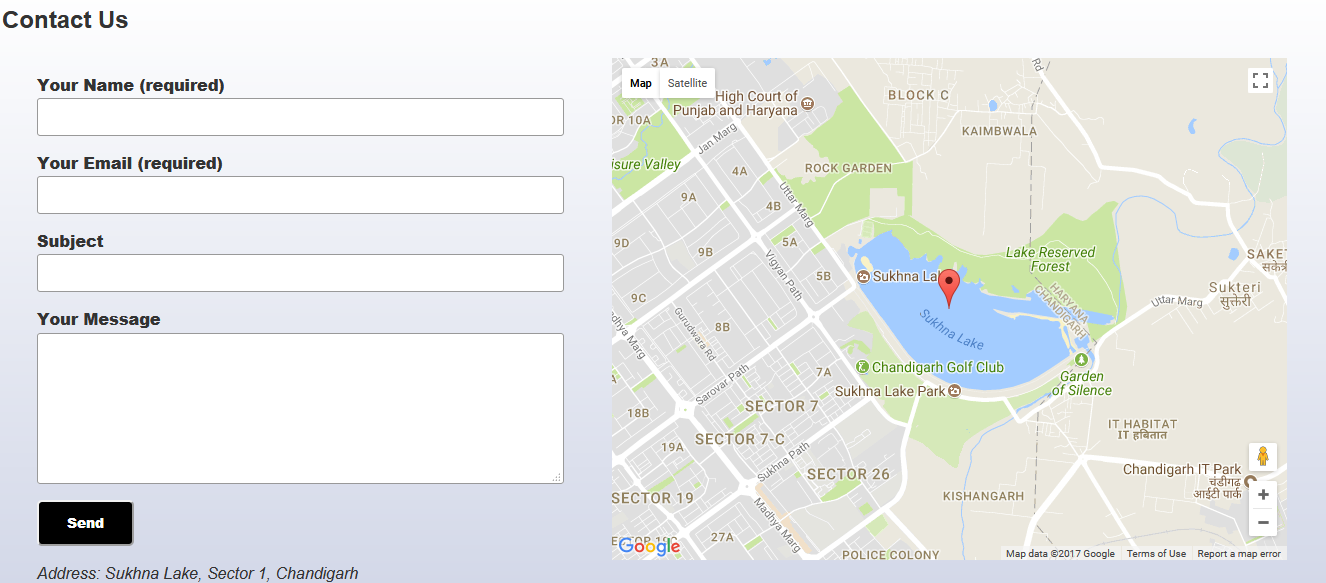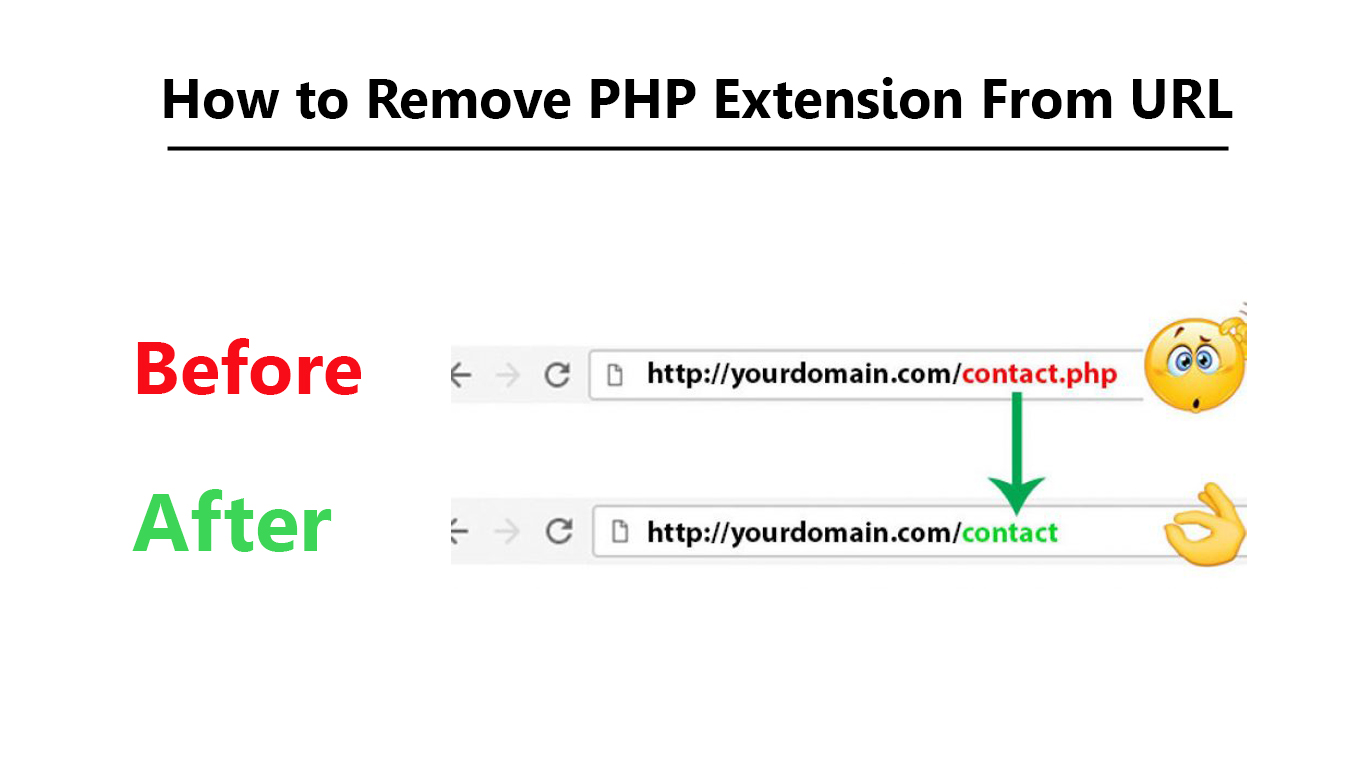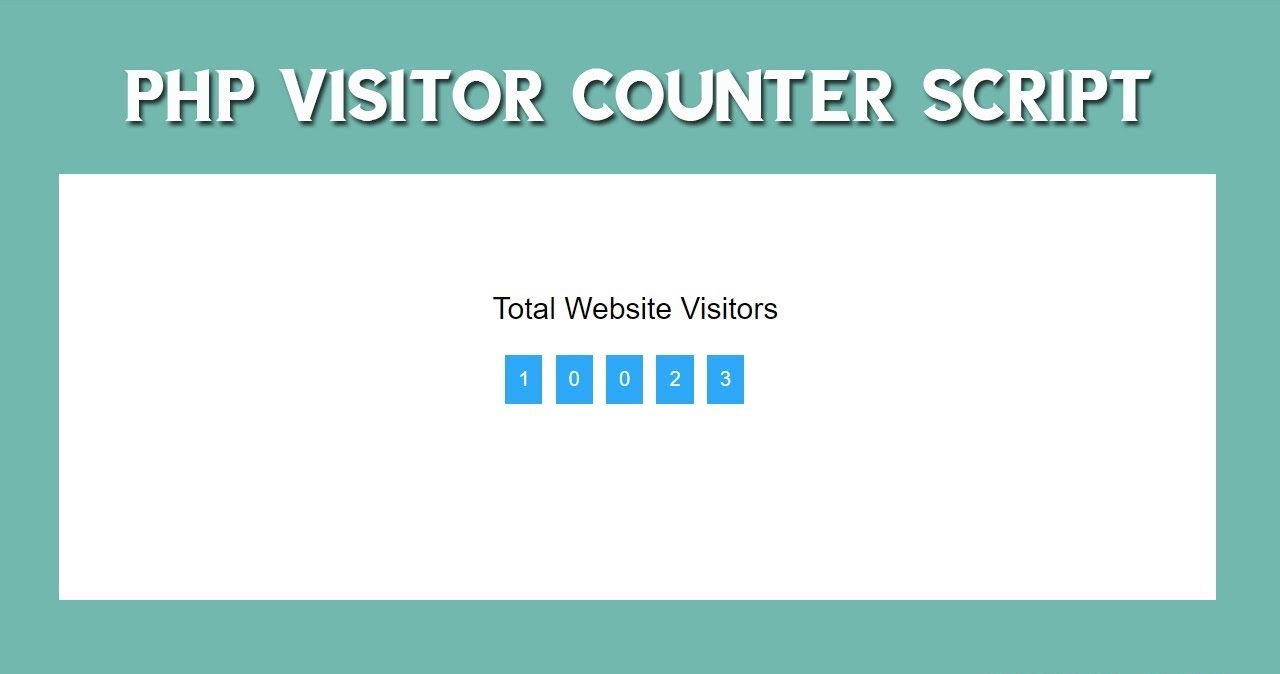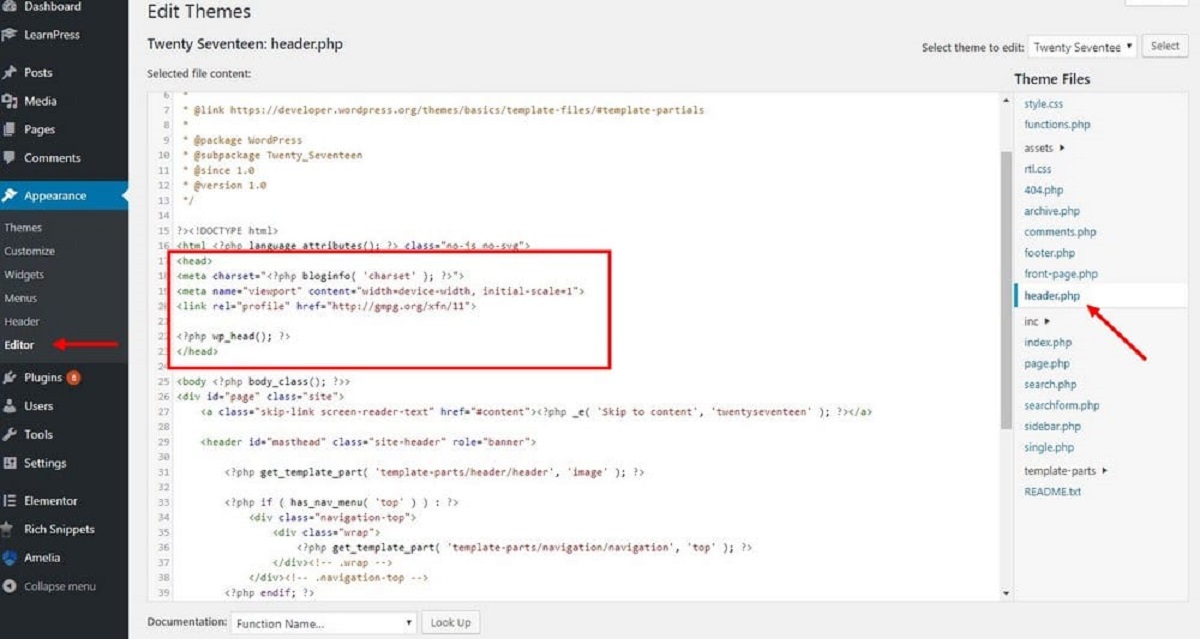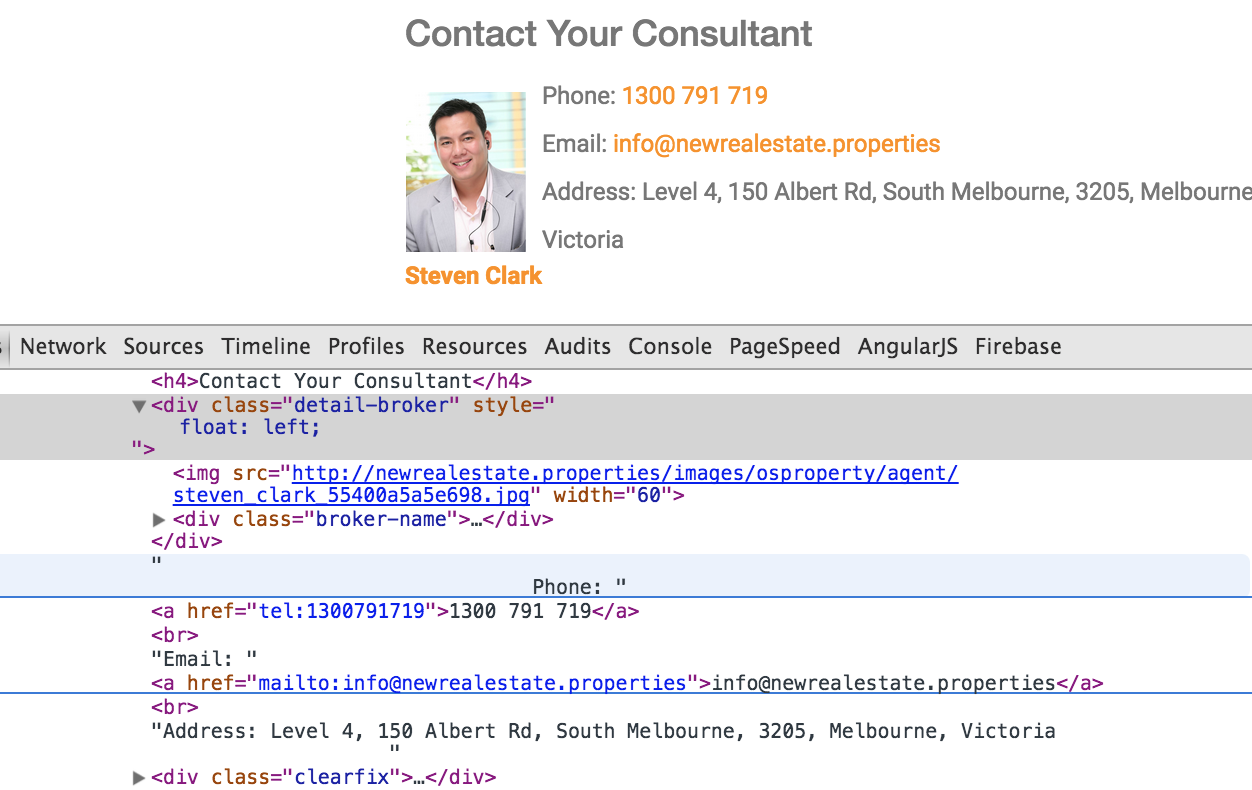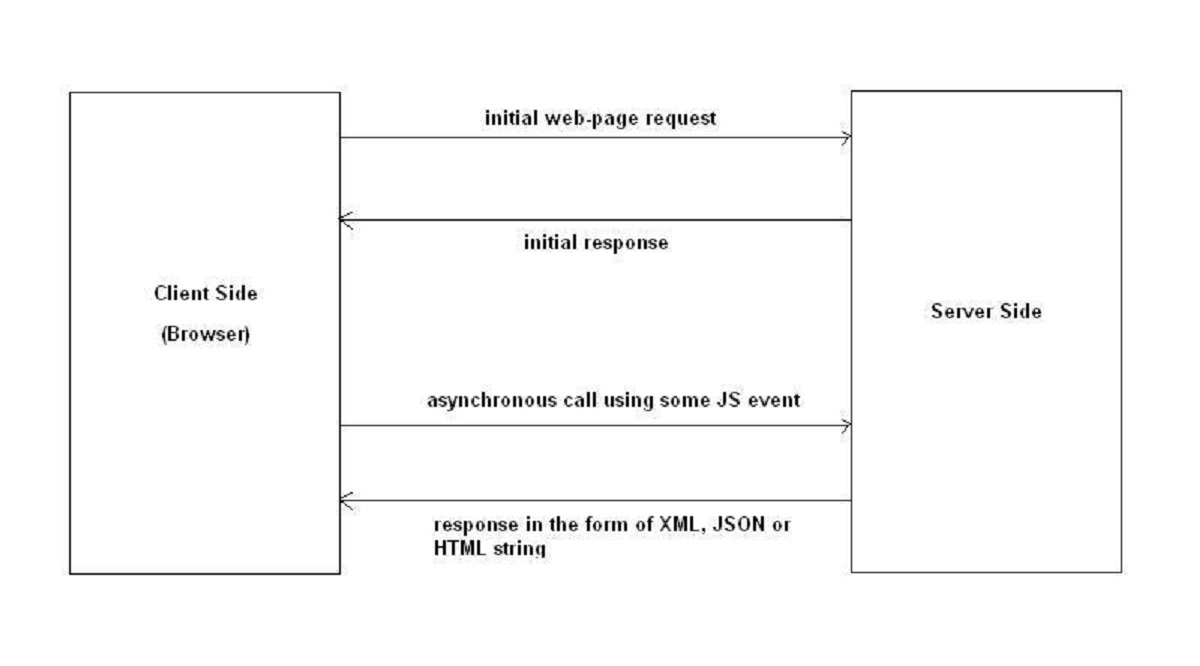Introduction
Google Maps is a powerful tool that allows you to integrate interactive maps into your PHP webpages. With its extensive functionalities, you can display locations, add markers, customize the appearance, and handle user interactions seamlessly. Whether you want to showcase your business’s locations, provide directions, or create a dynamic mapping experience, Google Maps API combined with PHP can get the job done.
Setting up Google Maps API in your PHP webpage might seem daunting at first, but with the right guidance, it can be quite straightforward. In this article, we will walk you through the steps to integrate Google Maps into your PHP webpage effectively.
Before proceeding with the implementation, you will need to have a basic understanding of PHP, HTML, and JavaScript. Additionally, ensure that you have a Google account and have obtained an API key from the Google Cloud Platform Console. This API key will allow your webpage to communicate with the Google Maps API.
Throughout this article, we will cover the essential aspects of using Google Maps in a PHP webpage. We will guide you through the process of setting up the API, creating the HTML structure, configuring the map options, marking locations, displaying info windows, customizing the map appearance, adding markers dynamically from a database, and handling user interactions. By the end of this article, you will have the knowledge and tools to integrate Google Maps seamlessly into your PHP webpages.
Setting up Google Maps API
Before you can start using Google Maps in your PHP webpage, you need to set up the Google Maps API. Here’s a step-by-step guide to help you get started:
1. Get an API key: To use the Google Maps API, you must obtain an API key from the Google Cloud Platform Console. Navigate to the console and create a new project or select an existing one. Enable the “Maps JavaScript API” for your project, and then generate an API key. Make sure to restrict the key to protect it from unauthorized use.
2. Add the API key to your webpage: Once you have obtained the API key, you need to add it to your PHP webpage. In the HTML file, locate the <script> tag that loads the Google Maps API library. Add the key= parameter followed by your API key.
3. Test the API: After adding the API key, it is always best to test if everything is working correctly. Create a simple PHP file and include the HTML structure for the map. Run the file in a web browser, and if you see a map rendered on the page, congratulations! You have successfully set up the Google Maps API.
4. Billing setup (if required): Depending on your usage and the number of map loads, you might need to enable billing for your project. Visit the Google Cloud Platform Console and set up a billing account to ensure uninterrupted usage of the API.
Setting up the Google Maps API is the first step towards integrating dynamic maps into your PHP webpage. By obtaining an API key and adding it to your webpage, you can now start using the extensive capabilities of the Google Maps API. In the next sections, we will guide you through creating the HTML structure, configuring the map options, marking locations, customizing the appearance, and handling user interactions to create a fully functional and interactive map experience.
Creating the HTML Structure
Once you have set up the Google Maps API, the next step is to create the HTML structure for your map. The HTML structure provides the foundation for displaying and interacting with the map on your PHP webpage. Follow these steps to create the HTML structure:
1. Create a container for the map: Start by creating a <div> element in your HTML file that will serve as the container for the map. Give it an appropriate ID to easily reference it in JavaScript.
html
2. Define the CSS styles for the map container: In your CSS file or embedded CSS, set the height and width properties of the map container to specify the desired dimensions. This will ensure that the map fits properly within your webpage layout.
html
3. Link the CSS and JavaScript files: Make sure to link your CSS and JavaScript files in the HEAD section of your HTML file. This will ensure that the styles and functions associated with the map are properly loaded.
html
4. Create a JavaScript function to initialize the map: In your JavaScript file, create a function that initializes the Google Map. This function will be called when the page loads. Inside the function, access the map container element using its ID and create a new instance of the Google Map.
javascript
function initMap() {
var mapContainer = document.getElementById(“map”);
var mapOptions = {
center: { lat: 40.7128, lng: -74.0060 }, // Example coordinates for the map center
zoom: 10 // Example zoom level for the map
};
var map = new google.maps.Map(mapContainer, mapOptions);
}
With the HTML structure in place, you have a container for the map and the necessary CSS and JavaScript files linked to your HTML file. The map container’s dimensions can be adjusted to fit your webpage layout, and the JavaScript function initMap() will be responsible for initializing the Google Map with the desired center coordinates and zoom level. The next step is to configure the map options and customize its appearance, which we will cover in the following sections.
Adding the Required JavaScript Libraries
To utilize the full functionality of Google Maps in your PHP webpage, you need to include the necessary JavaScript libraries. These libraries provide the core functionalities and additional features that enhance the map experience. Follow these steps to add the required JavaScript libraries:
1. Load the Google Maps API: In the `
` section of your HTML file, include the script tag that loads the Google Maps API. This script tag will fetch the necessary JavaScript files from the Google servers.html
Replace `YOUR_API_KEY` with the API key you obtained in the previous step. The `async` and `defer` attributes ensure that the script is loaded asynchronously to prevent blocking the rendering of the webpage.
2. Additional libraries (optional): Depending on your requirements, you may need to include additional JavaScript libraries. For example, if you want to add markers or infowindows to the map, you need to load the `Marker` and `InfoWindow` libraries.
html
In this example, we have included the `places` library, which provides additional functionalities for searching places and displaying autocomplete suggestions.
By including the necessary JavaScript libraries, you can leverage all the available features and functionalities provided by the Google Maps API in your PHP webpage. The next step is to configure the map options to set the initial center and zoom level, which we will cover in the following section.
Configuring the Map Options
After setting up the required JavaScript libraries, the next step is to configure the map options. Map options allow you to define the initial center and zoom level of the map, as well as customize various settings to meet your specific needs. Follow these steps to configure the map options:
1. Create a map options object: Inside the `initMap()` function, create a JavaScript object to store the map options.
javascript
function initMap() {
var mapOptions = {
center: { lat: 40.7128, lng: -74.0060 }, // Coordinates for the map center
zoom: 12, // Initial zoom level
mapTypeId: google.maps.MapTypeId.ROADMAP // Map type
};
var map = new google.maps.Map(document.getElementById(“map”), mapOptions);
}
In this example, we have set the center coordinates to New York City, adjusted the initial zoom level to 12, and selected `ROADMAP` as the map type. Feel free to modify these values according to your preferences.
2. Optional map options: The map options object provides various customization options for your map. Some of the commonly used options include:
- zoom: Adjusts the initial zoom level of the map.
- mapTypeId: Sets the type of map to be displayed, such as `ROADMAP`, `SATELLITE`, `HYBRID`, or `TERRAIN`.
- disableDefaultUI: Disables the default UI controls on the map.
- scrollwheel: Enables or disables zooming via the mouse scroll wheel.
- fullscreenControl: Displays or hides the fullscreen control button.
By adjusting these options, you can customize the appearance and behavior of your map to suit your specific requirements.
Once you have configured the map options, you are ready to mark locations on the map. In the next section, we will explore how to add markers to the map and provide additional information using info windows.
Marking a Location on the Map
Now that you have configured the map options, it’s time to mark a specific location on the map. Adding markers allows you to highlight points of interest, businesses, or any other relevant locations. Follow these steps to mark a location on the map:
1. Create a marker object: Inside the `initMap()` function, create a JavaScript object to store the marker options.
javascript
function initMap() {
var mapOptions = {
// …
};
var map = new google.maps.Map(document.getElementById(“map”), mapOptions);
var markerOptions = {
position: { lat: 40.7128, lng: -74.0060 }, // Coordinates for the marker
map: map, // Map to add the marker to
title: “New York City” // Title of the marker
};
var marker = new google.maps.Marker(markerOptions);
}
In this example, we have set the position of the marker to New York City’s coordinates and added it to the `map` object created earlier. You can also provide a title for the marker to display when hovering over it, as shown above.
2. Customize the marker: You can further customize the marker’s appearance by modifying its icon, animation, or other properties. For example:
javascript
var markerOptions = {
position: { lat: 40.7128, lng: -74.0060 },
map: map,
title: “New York City”,
icon: “path/to/custom-icon.png”, // Custom icon image
animation: google.maps.Animation.BOUNCE // Marker animation
};
By specifying a custom icon image path, you can replace the default marker icon with your own image. Additionally, you can animate the marker by setting the `animation` property, in this case, to `google.maps.Animation.BOUNCE`.
3. Add multiple markers: If you need to mark multiple locations on the map, repeat the process by creating multiple marker objects.
By following these steps, you can mark a specific location on the map with a custom marker. In the next section, we will explore how to display information windows to provide additional details when a marker is clicked.
Displaying Info Windows
In addition to marking locations on the map, you can provide more information to users by displaying info windows when they interact with a marker. Info windows act as pop-up windows that can display text, images, or even dynamic content. Follow these steps to display info windows on the map:
1. Create an info window object: Inside the `initMap()` function, create a JavaScript object to store the info window options.
javascript
function initMap() {
var mapOptions = {
// …
};
var map = new google.maps.Map(document.getElementById(“map”), mapOptions);
var markerOptions = {
// …
};
var marker = new google.maps.Marker(markerOptions);
var infoWindowOptions = {
content: “
New York City
The city that never sleeps.
” // Content of the info window
};
var infoWindow = new google.maps.InfoWindow(infoWindowOptions);
marker.addListener(“click”, function() {
infoWindow.open(map, marker); // Open the info window when the marker is clicked
});
}
In this example, we have created an info window object with a pre-defined content. The content can include HTML markup, allowing you to customize the appearance or add additional elements.
2. Associate the info window with a marker: To display the info window when a marker is clicked, add an event listener to the marker that listens for the “click” event. When the event is triggered, open the info window by calling the `open()` method.
3. Add dynamic content: You can also dynamically update the content of the info window based on the marker being clicked. For example, you can fetch data from an external source and display it in the info window.
By following these steps, you can enhance the user experience by providing additional information through info windows. In the next section, we will explore how to customize the appearance of the map to match your website’s design.
Customizing the Map Appearance
Customizing the appearance of the map allows you to match its style with the overall design of your PHP webpage. Google Maps API provides various options to customize the map’s colors, elements, and styles. Follow these steps to customize the map appearance:
1. Styling the map: Google Maps API allows you to apply predefined or custom styles to the map using a JSON object. Create a new variable that holds the map’s style options and pass it to the `styles` property of the map options object.
javascript
function initMap() {
var mapOptions = {
// …
styles: customMapStyles // Apply custom map styles
};
var map = new google.maps.Map(document.getElementById(“map”), mapOptions);
// …
var customMapStyles = [
// Define your custom map styles here
];
}
In the `customMapStyles` array, you can specify the desired style properties, including colors, visibility of map elements, and more. Refer to the Google Maps API documentation for a list of available style options and their syntax.
2. Applying existing styles: Alternatively, you can make use of existing map styles from various sources such as Snazzy Maps or the Google Maps Styled Map Wizard. These resources offer a collection of ready-to-use map styles that you can easily apply to your map.
3. Customizing map controls: You can also customize the appearance of map controls such as zoom and fullscreen buttons. Use the `mapTypeControlOptions`, `zoomControlOptions`, and `fullscreenControlOptions` properties in the map options object to define the desired appearance and position of these controls.
With the ability to customize the map’s style, colors, and controls, you can create a visually appealing map that seamlessly integrates with the overall aesthetics of your PHP webpage. In the next section, we will explore how to add markers dynamically to the map by fetching data from a database.
Adding Markers Dynamically from a Database
Adding markers dynamically to the map allows you to display multiple locations retrieved from a database or an external data source. This functionality enables you to create interactive maps that reflect real-time or dynamic information. Follow these steps to add markers dynamically from a database:
1. Retrieve data from the database: Using PHP, connect to your database and retrieve the necessary location data. This can be done through SQL queries or any other method of data retrieval.
2. Loop through the retrieved data: Iterate through the data and create a marker object for each location. Set the appropriate latitude and longitude coordinates for each marker.
php
// Example code to fetch data from database
// …
while ($row = mysqli_fetch_assoc($result)) {
$markerOptions = array(
‘position’ => array(
‘lat’ => $row[‘latitude’],
‘lng’ => $row[‘longitude’]
),
‘map’ => $map,
‘title’ => $row[‘name’]
);
$marker = new google.maps.Marker($markerOptions);
}
In this example, we assume that the latitude and longitude data for each location is stored in the `latitude` and `longitude` columns in the database, respectively. Modify the code according to your specific database structure.
3. Customize the markers: You can further customize the markers by adding additional properties or applying custom icons. For example, you could add a listener to each marker to display an info window with more details when clicked.
By retrieving and iterating through the data from a database, you can dynamically create and add markers to the map. This functionality allows you to display an unlimited number of locations on the map, making it a powerful tool for showcasing dynamic or real-time information. In the next section, we will explore how to handle user interactions with the map, such as dragging, clicking, or zooming.
Handling User Interactions with the Map
Handling user interactions with the map allows you to provide a more engaging and interactive experience for your PHP webpage visitors. With Google Maps API, you can listen to various events and respond to user actions such as dragging, clicking, or zooming on the map. Follow these steps to handle user interactions:
1. Listening to map events: Use the `addListener` method to listen to specific events that occur on the map. For example, to handle a `click` event on the map, you can add a listener to the `click` event and trigger a function when the event occurs.
javascript
google.maps.event.addListener(map, ‘click’, function(event) {
// Handle click event
});
In the function that handles the event, you can define the desired behavior, such as adding a marker or displaying an info window at the clicked location.
2. Responding to marker interactions: Similarly, you can listen to events that occur on markers, such as `click`, `mouseover`, or `mouseout`, and execute corresponding actions.
javascript
marker.addListener(‘click’, function() {
// Handle marker click event
});
Within the event listener function, you can perform various actions, such as opening an info window, displaying additional information, or triggering an event.
3. Handling map controls: If you have customized map controls, you can also listen to events associated with them. For example, you can listen to the `click` event on the zoom control and execute code when the zoom level changes.
By handling user interactions with the map, you can provide a dynamic and personalized experience for your users. Whether it is clicking on the map to add a marker, interacting with markers, or responding to changes in map controls, incorporating these features will enhance the usability and interactivity of your PHP webpage. In the next section, we will conclude the article and recap the main points covered.
Conclusion
Integrating Google Maps into your PHP webpages can greatly enhance user experience and provide valuable functionalities. In this article, we covered the essential steps to use Google Maps in a PHP webpage, including setting up the Google Maps API, creating the HTML structure, adding the required JavaScript libraries, configuring the map options, marking locations on the map, displaying info windows, customizing the map appearance, adding markers dynamically from a database, and handling user interactions with the map.
By following these steps, you can create interactive and dynamic maps that display specific locations, provide additional information through info windows, and respond to user interactions. Whether you’re showcasing business locations, providing directions, or creating a custom mapping experience, Google Maps API combined with PHP provides all the necessary tools.
Remember to consider the visual appeal and readability of your webpage by using appropriate HTML structure, markdown formatting, and engaging content. Infuse creativity into your writing to captivate readers while ensuring the integration of relevant keywords for SEO purposes.
With a strong understanding of HTML, SEO techniques, and a talent for engaging writing, you can create valuable and optimized content that will attract and engage your target audience. Keep practicing and refining your skills to become a skilled SEO writer.







